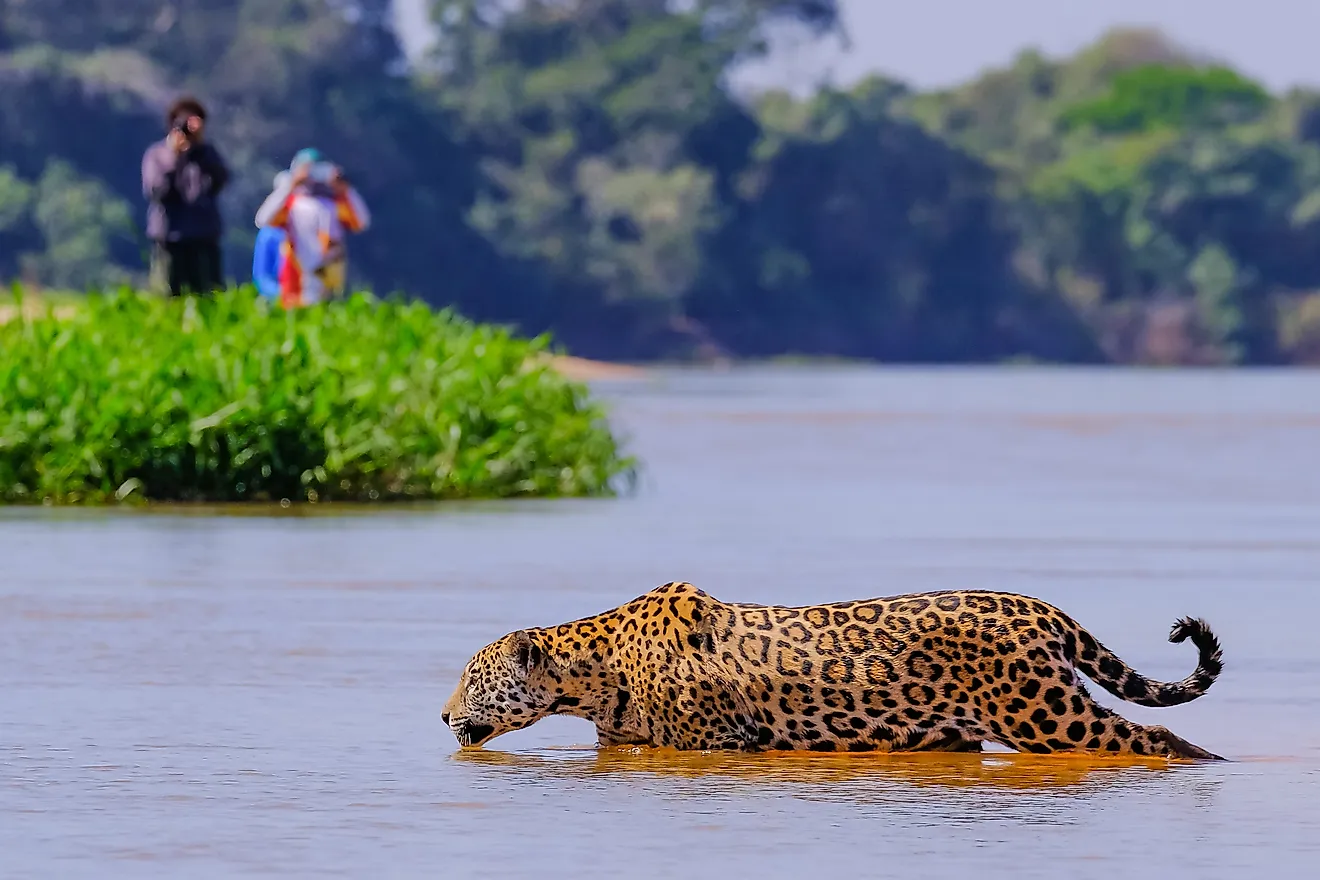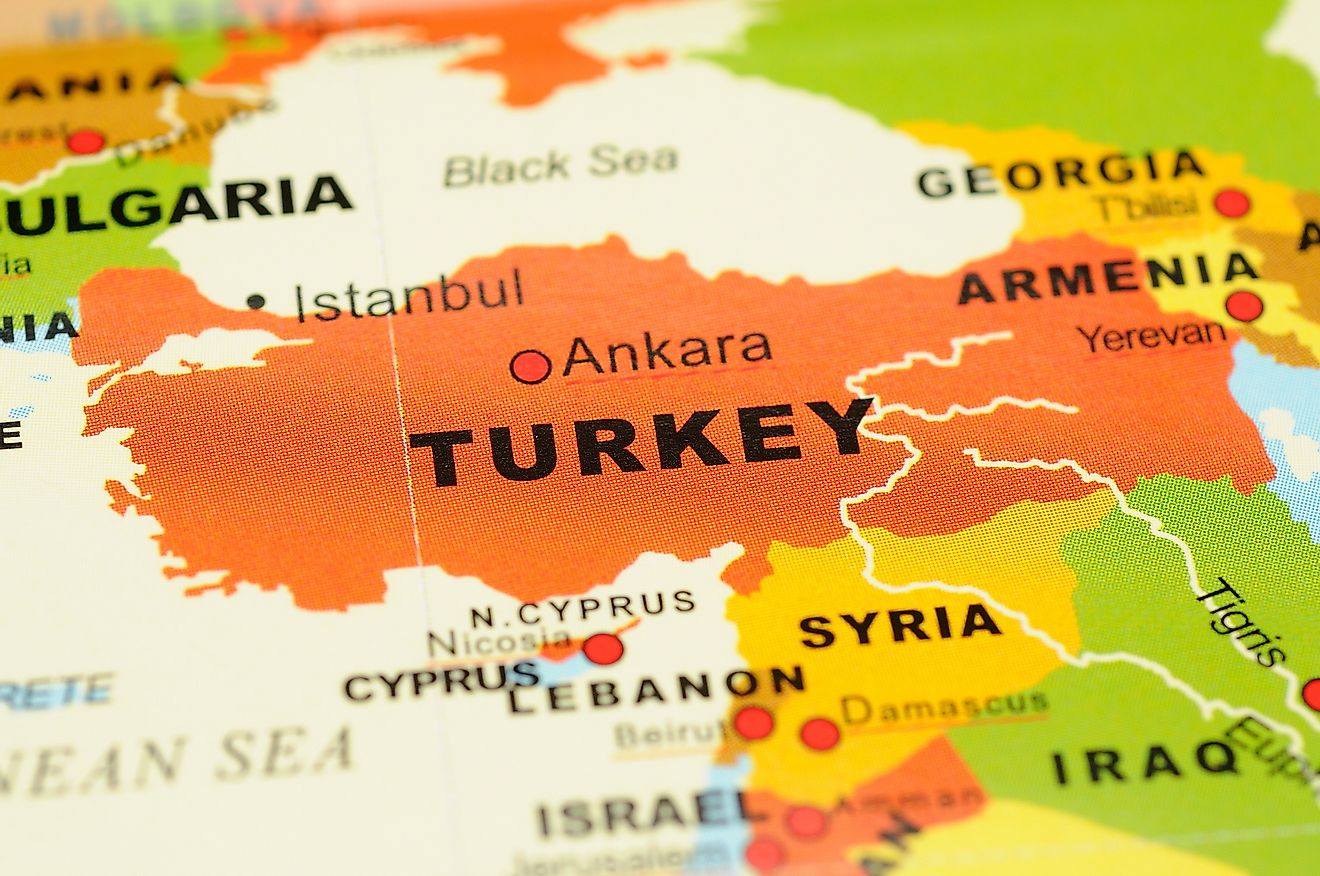The Great Victoria Desert
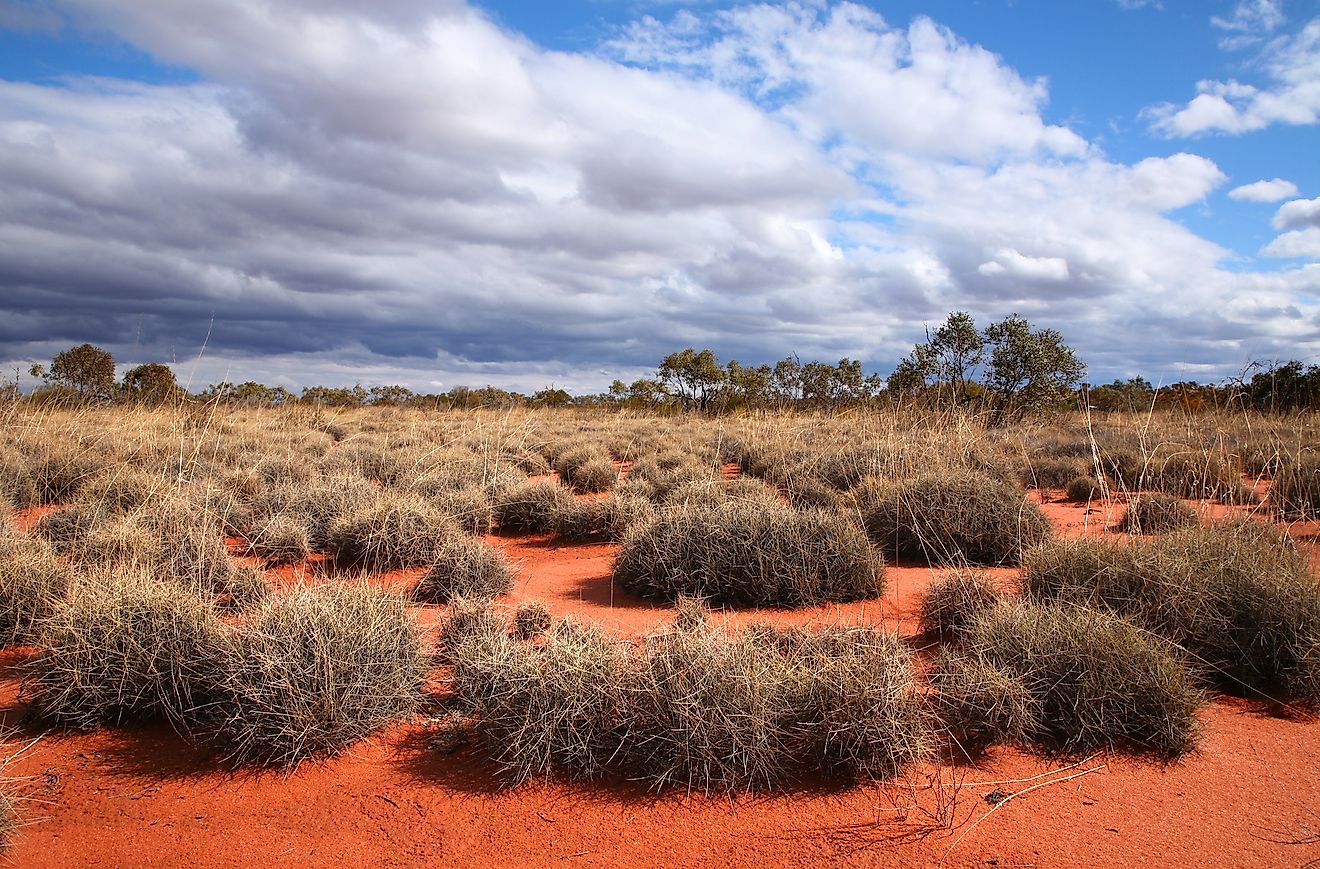
- The Great Victoria Desert (GVD) is Australia’s largest dune desert and the seventh-largest desert in the world.
- It was named after Queen Victoria in 1875 by a team led by Australian explorer, Ernest Giles.
- The climate of the GVD bioregion is arid with warm to extremely hot and humid summers.
- Some threatened mammals live in this region like the sandhill dunnart, the Southern marsupial mole, and the malleefowl.
The Great Victoria Desert (GVD) is Australia’s largest dune desert and the seventh-largest desert in the world. It spans over 700 kilometers from west to east and covers a total area of 350,000 square kilometers. This huge desert is considered an arid land with areas that go from Western to South Australia. It was named after a British queen, Queen Victoria, in 1875 by a team led by Australian explorer, Ernest Giles.
Content:
- Where Is The Great Victoria Desert?
- Topography
- Climate
- Plants And Animals
- Endangered Species
- Historical Role
- Human Settlements
- Modern Significance
- Environmental Threats And Territorial Disputes
Where Is The Great Victoria Desert?
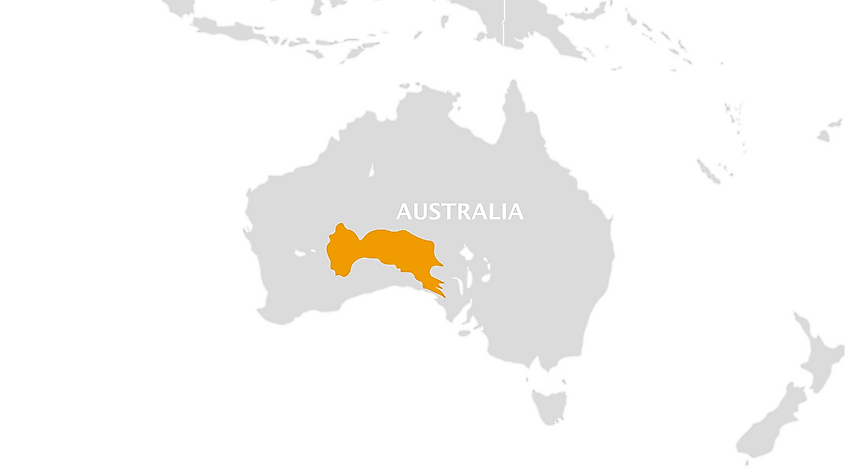
Australia’s biggest desert considered a UNESCO Biosphere reserve is located in the southern rangelands of Western Australia and stretches into the Western side of South Australia. It is located North of the Nullarbor Plain and is surrounded by other smaller deserts and ranges like the Darling Range, the Gibson Desert, Hamersley Range, and the Barrow Range.
Topography Of The Great Victoria Desert
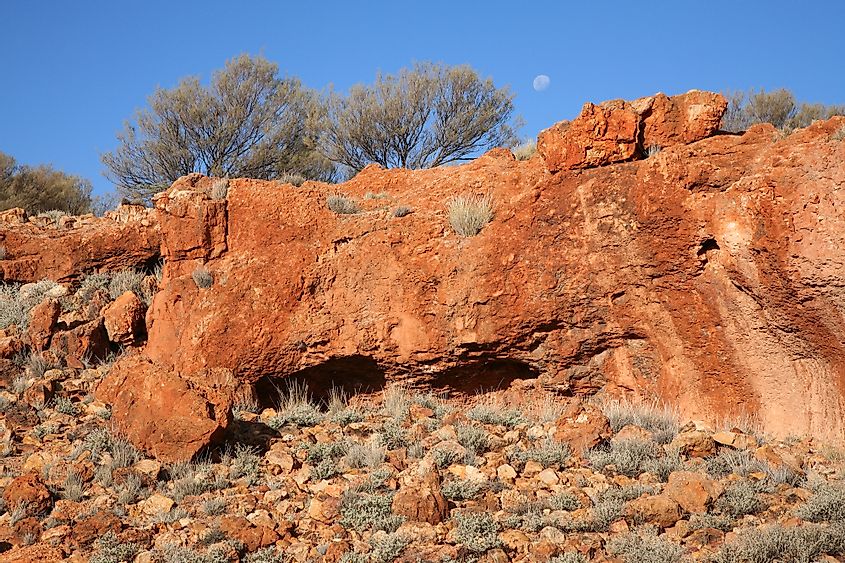
Australia’s largest desert consists of many small sandhills, grasslands, and salt lakes. There is very little room for farming and grazing and the entire vicinity is a protected area.
It is so huge it would take several days for a person to cross it. Several parks and reserves are located here including the Great Victoria Desert Nature Reserve, the Flora and Fauna Conservation Park, and the Nullarbor National Park.
The Climate Of The Great Victoria Desert
The climate of the GVD bioregion is arid with warm to extremely hot and humid summers. Daytime temperatures at this time range between 32 to 40 °C (90 to 104 °F). Summer months are from December and February. Winter, on the other hand, happens Between June and August and is relatively still warm compared to other parts of Australia with temperatures that range between 20.4 and 22.7°C in the daytime.
The GVD also receives little rain that’s variable and unpredictable. Annual rainfall can average somewhere below 150 mm to over 250 mm. Because water is so scarce it is such a precious resource and only certain species of plants and animals can survive there.
Plants And Animals Of The Great Victoria Desert
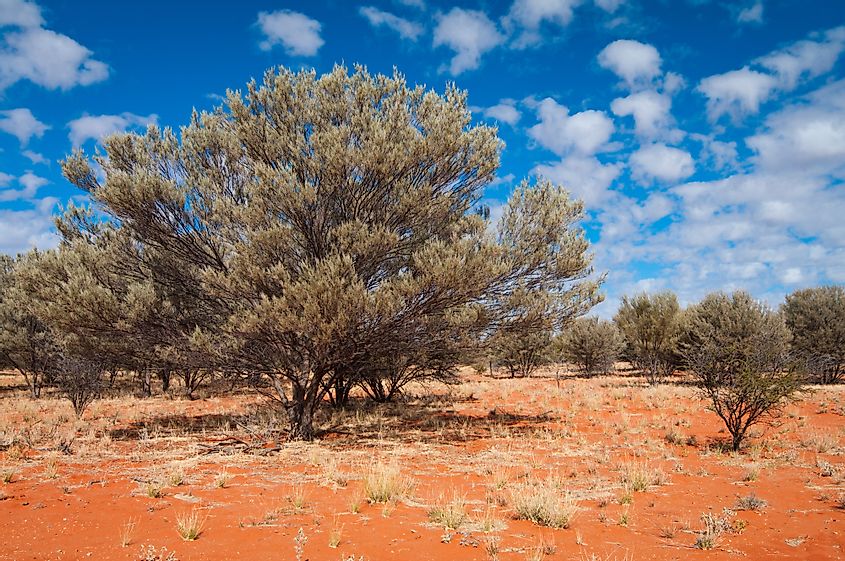
Most of the Great Victoria Desert is covered by open woodlands with vegetation including eucalyptus mulga (Acacia aneura), a hummock grass understorey (Triodia spp., largely T. basedownii), and shrubs (Maireana sedifolia, Dodenaea attenuata) according to WWF.
Three species of gum tree thrive in GVD, Eucalyptus gongylocarpa, E. socialis and E. pyriformis. The first is also known as the desert gum and typically grows among the sand in the Great Victoria Desert. A small tree called mulga also grows in the area stretching across the desert covering hundreds of miles.
The GVD has an exceptionally high diversity of reptiles according to WWF. One of which is the endangered great desert skink which was thought to be extinct in South Australia until its rediscovery in 1998. There are over a hundred species of reptiles in this arid area. Throughout different parts of the desert, there are various species of lizards.
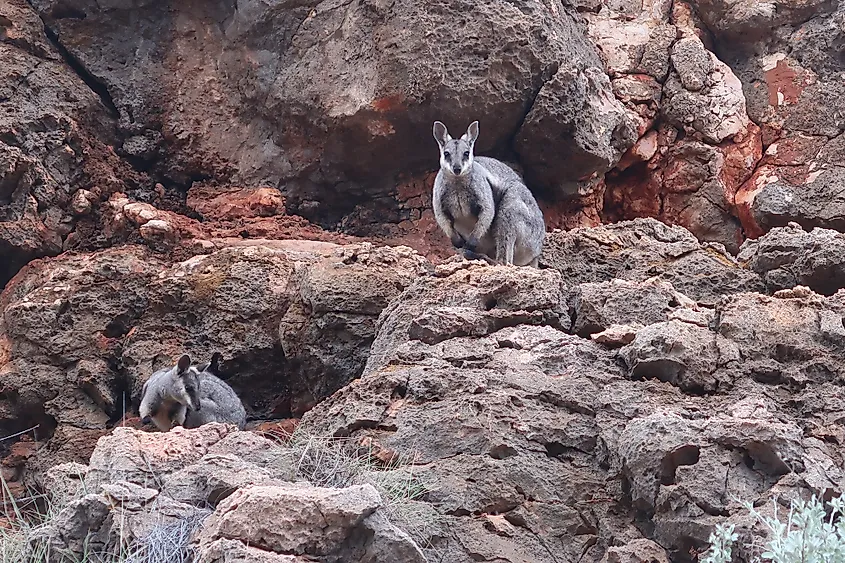
Other animals that call the Great Victoria Desert home are rock wallabies that are nearing extinction. They live on the jagged cliffs in the desert and are well equipped for life on the rocky hillside because of their short powerful legs. There are also many bilbies in the area which look like large mice with big rabbit ears. Many camels are also found here although unlike those found in other countries, these are feral and are considered 'pests' since they damage vegetation. Their numbers all around Australia have now reached a million and their population increases 8% yearly.
The GVD is also home to several predators like the dingo, the perentie, as well as feral cats, and foxes. There are also some hoop snakes known as Bandy Bandy in the area which only come up to the ground at night to hunt for food.
Endangered Species
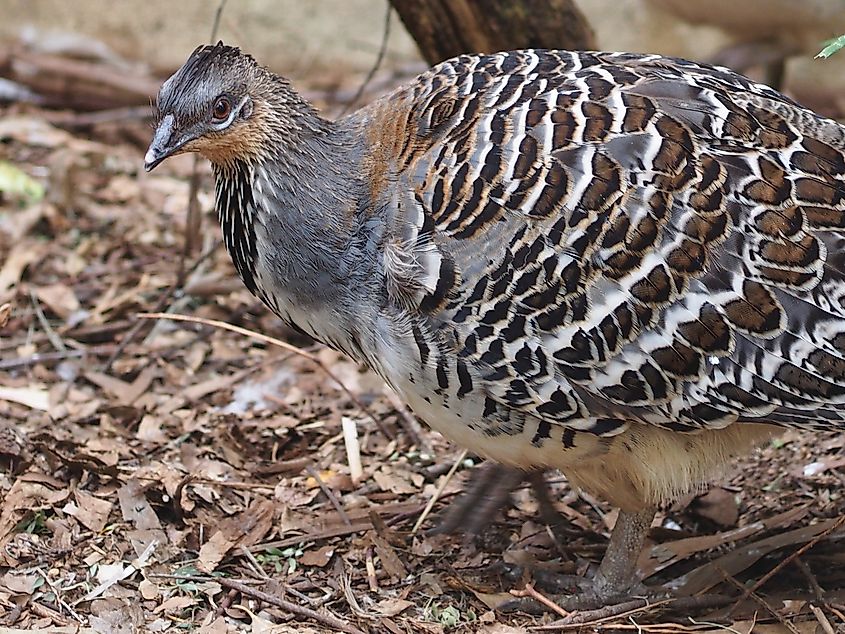
Some threatened mammals also live in this region like the sandhill dunnart, the Southern marsupial mole, and the malleefowl. The Southern marsupial mole is an interestingly quirky creature. The tiny marsupial is covered all over with silky and thick cream-colored fur, have vestigial eyes, and no external ear opening. They are also known as “blind sand burrowers” and they live mostly underground coming up occasionally to feed on geckoes and insects.
The malleefowl, on the other hand, also known as ‘Nganamara’, is a ground-dwelling bird that’s about the size of a domestic chicken. They create mounds and keep eggs there with their mate which they often stay with for the rest of their lives. There are only a few of them due to extensive clearing of vegetation for mining and exploration activities as well as overgrazing by feral animals.
Historical Role
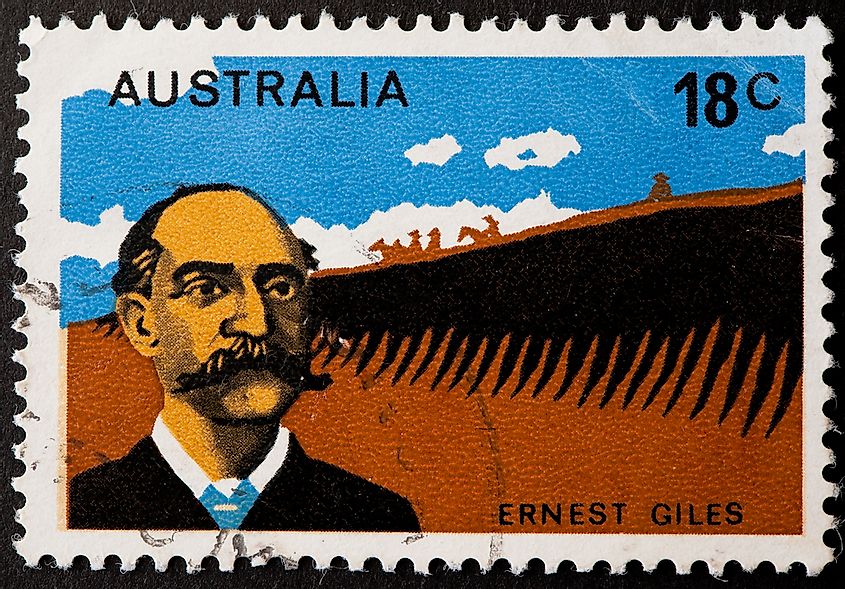
The Great Victoria Desert was named after the then-ruling United Kingdom monarch, Queen Victoria, by explorer Ernest Giles. Giles was the first ever explorer to crisscross it with his team on camels, doing so from May to November of 1875, according to South Australian History. David Lindsey was the next explorer to have crossed the Great Victoria Desert from North to South in 1891. Frank Hann then followed, traversing the desert from 1903 to 1908 in search of pastures suited for grazing and the presence of gold deposits. Len Beadell, a surveyor for the Australian Army, also crossed the desert as he worked in the building of the Anne Beadell Highway from 1953 to 1960. According to Australian Geographic, aboriginal communities have lived in the Great Victoria Desert for at least 15,000 years. Oak Valley, Watarru, and Walalkara are the parts of the desert where the largest of these communities live.
Human Settlements
Long before the Europeans came to this part of Australia, aboriginal people have been calling the Great Victoria Desert home. The people of Tjuntjuntjara, for instance, known today as the Spinifex People have inhabited the area for 25,000 years. Current Spinifex families here go back to as far as 600 generations.
Also known as the Pila Nguru people, they are considered the traditional owners of the land. Although in the 1950s many of them were driven away from their home. British and Australian governments chose the area near their settlements as the site for nuclear testing. Many of them moved out of their native lands and away from their traditional way of life. They were transferred to settlements further down South. Many of the surviving families moving back to their native lands in the 80s.
Due to the harsh climate and geographical isolation, much of the settlers there have remained relatively undisturbed ever since. Aboriginal populations in this area are also growing.
Modern Significance
In Australia, according to the country’s government, desert tourism influences nearly all other the industries in the Great Victoria region, including their infrastructure and the quality of life among the populations there. Tours to deserts like the Great Victoria Desert contribute $94.8 million daily to the economy. This desert is endowed with unique flora and fauna, and many tourists and researchers visit here just to see them. Other tourists are more allured by the opportunity yo get to experience the aboriginal culture.
Environmental Threats And Territorial Disputes
Weapons testing ( especially nuclear) and mining are the main threats to the Great Victoria Desert's biodiversity, according to World Wildlife Fund. They pollute and cause vegetation to be cleared and fragmented, thereby destroying the desert’s ecological balance. Past nuclear tests conducted there between 1953 and 1963 left sections of the deserts in Maralinga and Emu contaminated with radionuclides. Plutonium-239 deposits in the long term also threaten the health of animals in the desert if inhaled, due to their long radioactive half-lives. Road building and vehicles being driven off of designated tracks also disrupt the desert ecosystems. As such, permits for off-trail drives are needed. Introduced animals like camels, rabbits, and house mice, which increase during rains, also feed on, and thereby take away from, native vegetation fed on by native mammals of the Great Victoria Desert.
